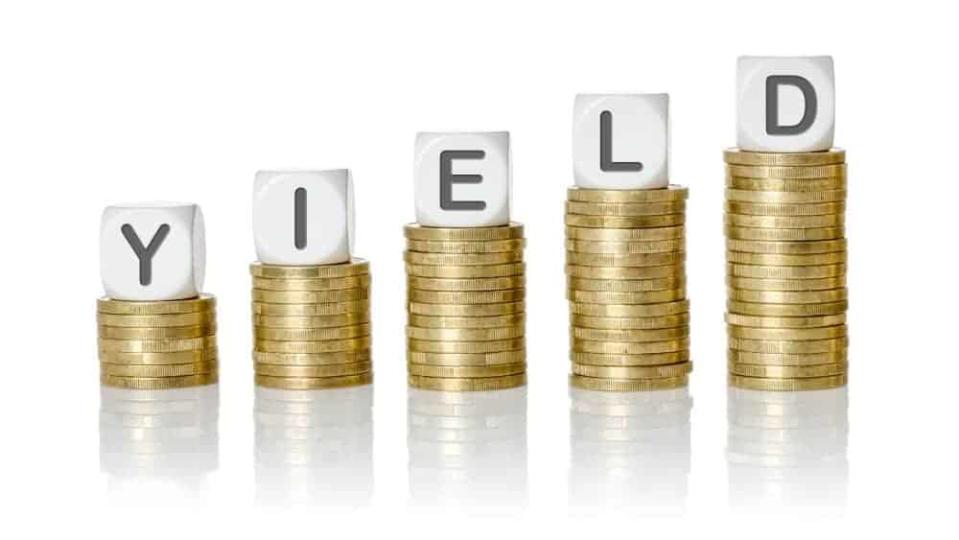Chasing Yield: The Balance Between Dividend Rate and Stock Stability in Canada

Written by Tony Dong, MSc, CETF® at The Motley Fool Canada
One common misconception in the investment world is that the highest dividend yields automatically equate to the best opportunities.
But as with many things in finance, it’s rarely that simple. Sorting available dividend stocks by yield and picking the highest ones can inadvertently place your portfolio in a precarious position.
A high yield isn’t always a free lunch; sometimes, it might be a trap that’s out to steal your lunch. Here’s why, and what I would assess instead if I was investing in dividend stocks.
Warning: Yield traps ahead
As an investor, you’ll come across various terms and concepts that are essential to understand, and one such term is the “yield trap.”
A yield trap occurs when a stock appears attractive due to its high dividend yield, but this high yield may be a sign of underlying problems with the company.
Typically, dividend yields can increase because the stock price has fallen, and if the stock price has declined due to significant challenges the company faces, that high dividend might not be sustainable.
Investors lured by the allure of high dividends might then buy into the stock, only to find out later that the company cuts or eliminates its dividend, leading to potential losses.
What metrics to watch instead
To truly assess the sustainability and potential growth of dividends, I tend to focus on two key metrics: the payout ratio and the dividend-growth rate.
The payout ratio is a measure that tells you the portion of a company’s earnings being paid out as dividends. It’s calculated by taking the dividends per share and dividing it by the earnings per share (EPS) for a given period.
A lower payout ratio, perhaps in the range of 30-60%, often indicates that a company is retaining a good portion of its earnings. This retained profit can be used for reinvestment in the business, paying down debt, or other growth initiatives.
However, a very high payout ratio, especially consistently above 80%, can be a red flag. It might suggest the company is paying out more than it can afford, making the dividend potentially unsustainable in the long run.
The dividend-growth rate, as the name suggests, measures how quickly a company’s dividend is growing. It’s determined by comparing the dividend amount from one year to the next.
A steadily increasing dividend growth rate can be a sign of a company’s confidence in its future earnings and profitability. In contrast, a flat or declining rate may warrant further investigation into the company’s financial health and future prospects.
An ETF that does it all for you
For those of you who don’t have the time or energy to screen dozens of stocks for these metrics, there’s a hands-off alternative available: iShares Canadian Select Dividend Index ETF (TSX:XDV).
XDV offers a strategic approach to dividend investing. It considers the Dow Jones Canada Total Market Index and identifies the top 30 highest-yielding stocks.
But it’s not merely about high yields. Every stock under consideration undergoes a thorough screening process.
Before making it into the ETF, each stock is evaluated for dividend growth and a sound payout ratio, ensuring the chosen entities are not only lucrative in terms of dividends but also exhibit financial stability and growth potential.
The post Chasing Yield: The Balance Between Dividend Rate and Stock Stability in Canada appeared first on The Motley Fool Canada.
Should You Invest $1,000 In Ishares Canadian Select Dividend Index Etf?
Before you consider Ishares Canadian Select Dividend Index Etf, you'll want to hear this.
Our market-beating analyst team just revealed what they believe are the 5 best stocks for investors to buy in October 2023... and Ishares Canadian Select Dividend Index Etf wasn't on the list.
The online investing service they've run for nearly a decade, Motley Fool Stock Advisor Canada, is beating the TSX by 25 percentage points. And right now, they think there are 5 stocks that are better buys.
See the 5 Stocks * Returns as of 10/10/23
More reading
Fool contributor Tony Dong has no position in any of the stocks mentioned. The Motley Fool has no position in any of the stocks mentioned. The Motley Fool has a disclosure policy.
2023

 Yahoo Finance
Yahoo Finance 